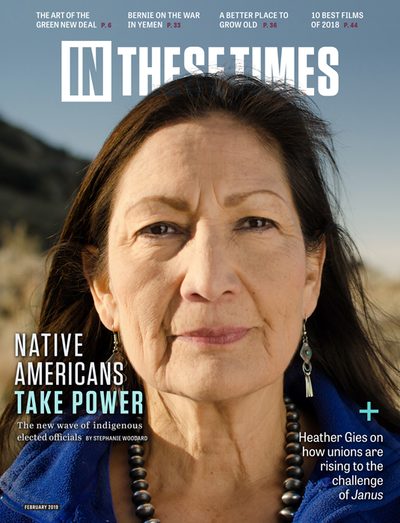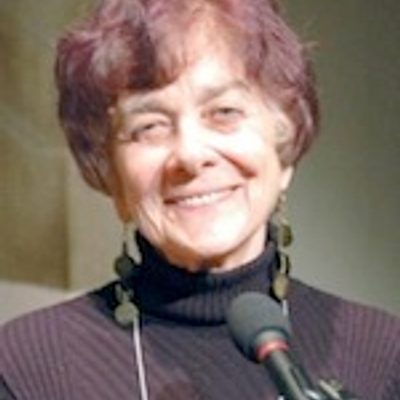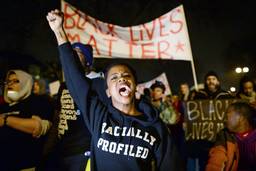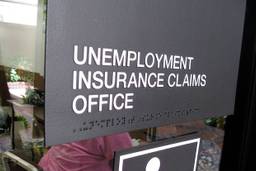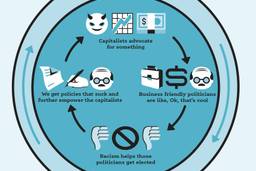Black Lives Matter. Do Elections?
Barbara Ransby profiles today’s Black freedom fighters, who are posing sophisticated new answers to old Left questions—like how to engage in electoral politics.
Frances Fox Piven
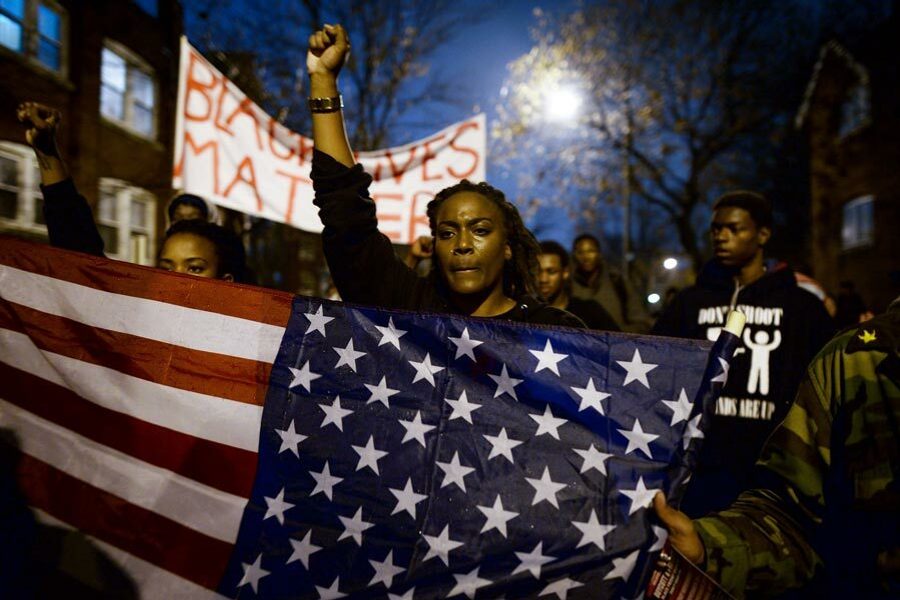
Scholar Barbara Ransby, known for her influential biography of Ella Baker, is a participant in the protest movement we usually call Black Lives Matter (BLM). Now she has written an account of that movement that draws heavily on her experience, Making All Black Lives Matter: Reimagining Freedom in the 21st Century. It is, as a result, as much a movement biography (or autobiography) as a history. Ransby was there, in the ranks of the leadership, and tells the story with the urgency and passion we might expect from a participant.
The BLM movement burst into the public sphere in 2014 and 2015 with street protests over police murders of black young men and boys. Ransby lays out the diverse groups involved and, in the process, the movement’s far-flung roots.
One distinctive trait of BLM that emerges is its ecumenical stance toward problems of internal structure, problems that often absorb and distract activists. BLM activists have constructed a loose coalition of movement groups, and they seem satisfied with that arrangement. Ransby and the activists she quotes talk of working to “stitch together — or weave together — disparate patches of struggle.”
Another is a shared skepticism of the electoral arena. Instead, the BLM movement favors disruptive collective action. Or, to put it another way, while these activists by no means reject electoral politics, they don’t rely on it either. They believe in movements.
To me, it seems evident that BLM is the new Black Freedom Movement. However, that movement arose and grew in a very different political context. The reigning Democratic Party of the 1960s had come to depend on black electoral support, particularly in the northern cities. This relatively favorable electoral context gave the civil rights movement courage and ultimately helps account for its substantial legislative victories. (Similarly, the electoral environment of the 1930s made labor victories possible, as the unstable New Deal Democratic Party could not afford to alienate working-class voters who had been won over by FDR’s rhetoric.)
The favorable electoral moment of the 1960s passed, however. The Democratic Party failed to respond to movement pressure around the Vietnam War and then tracked rightward as the movements subsided and business influence grew on both major parties. Many activists, perhaps especially young activists, came to view movement politics and electoral politics as alternative and antithetical paths to social change. And there is truth in the view that involvement in electoral politics has tamed and even co-opted movement activists.
The extraordinary event of the election of the first black president and the movement rhetoric of his campaign talk no doubt raised hopes, but the Obama presidency was, in the end, a crushing disappointment. When Freddie Gray’s death in Baltimore police custody in April 2015 sparked mass protest, Obama and other black elected officials alienated BLM activists by counseling calm. His policies did little or nothing to reverse soaring inequality, or to rein in the abusive practices of the carceral system. Former Black Youth Project 100 director Charlene Carruthers tells Ransby that in Obama she saw “the limitations of any politician to change our lives or transform our lives.”
The election of Donald Trump provoked “much reassessing and soulsearching” within BLM, Ransby writes. The same is true for many of us on the Left. We now have to worry about the impact of the bellicose Trump administration, as well as the proto-fascist white nationalists whom Trump has worked to provoke and nourish. The repressive capacities of the national administration are enormous, and they are complemented by souped-up state-level Republican regimes. The historical truth is that massive repression usually works, at least for a time, and sometimes for a long time. The first black freedom movement after the Civil War was destroyed by violent and legal repression.
In the wake of the 2018 midterms, we all harbor the hope of a different future. Maybe the new Democratic House will be sufficiently aggressive in its investigations that it will at least paralyze the mad king and his regime, and at the same time promote the policies, or at least the political discourse, that will make left reform seem possible. That hope means we have come to the conclusion that electoral politics is important for the growth and success of social movements.
This is a big change in the thinking of the broad Left. The energy of movement activists as they worked to elect left-leaning Democrats reflects not only a recognition of the dangers of the Republican Right, but also a recognition that movements benefit in important ways when a regime includes sympathetic political leaders. Supportive politicians protect the movement from repression. They can also encourage the movement with their rhetoric, and even produce small concessions. Yes, they may do this out of their own calculations of electoral advantage; they are politicians. Yet those concessions can be crucial to movement growth, as the early civil rights victories were.
In other words, electoral and movement politics are not separate and uncrossing paths. Rather, they are deeply intertwined.
BLM activists have founded several electoral groups since November 2016, such as the Electoral Justice Project, whose co-founder Jessica Byrd is described by Ransby as “a savvy optimist” with “no illusions that elections alone will liberate the Black people” but a conviction that “electoral work can make a difference.” Ransby herself sees a model in BLM’s mobilization of black anger to oust Cook County State’s Attorney Anita Alvarez in 2016. “Collective rage can be simply the refusal to tolerate the intolerable,” she writes. “And that refusal can show up in many forms, from the streets to the polls.”
As movements grow and become more assertive and disruptive, they can threaten to cause voter defections that force the hand of reigning politicians, whether sympathetic or not. This, at least, is my hope for BLM and the next phase of American politics.
